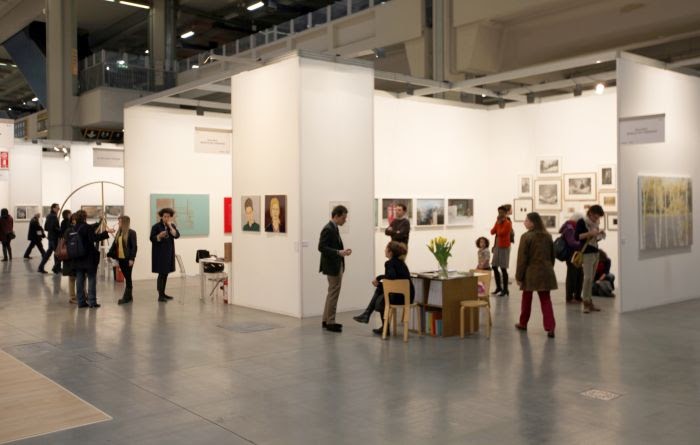Holding Your Very First Art Exhibition?

Exhibitions may look like a bundle of fun, but they take a great deal of time and determination to plan. Showcasing your work to a whole new audience can be scary – after all, art is creative and often has very personal connotations to the artist.
If you’re an up and coming artist on the scene with no real experience in exhibiting, it can be difficult to know what to expect, but there’s one thing for sure – getting the exposure you deserve is vital if you are looking to make a career in the creative industry. With this in mind, you need to plan accordingly for your very first art exhibition.
Here are some general tips that may come in useful:
Location
If you’re lucky enough to be scouted by various venues to exhibit your artwork, think carefully about the best location for you. The whereabouts of the exhibition often determines the type of audience that will be in attendance and it’s likely you’ll already have a target audience in mind.
You may need to investigate whether a certain location has a higher ratio of professionals, students or other artists in the region, which should give you an idea on who is most likely to attend the exhibition. It would also be a good idea to research other artists in your specific niche and where they prefer to exhibit.
Choosing artwork
One of the first aspects of planning for an exhibition is choosing the artwork you’re going to bring along with you. It’s often the case that exhibition managers will give you the option to choose the artwork you’re keen to display, but on other occasions, you may be asked to meet a brief.
It would be advised to choose a selection of pieces that shows off your skillset and abilities so the audience can get a feel for your style. To make your exhibit even more appealing to the eye, you may decide to choose pieces that accompany each other in terms of colour and theme. Take into consideration that people have different tastes, so it’s best to cater to a wider range of interests as a newbie art exhibitor.
Plan your space
Planning your booth space is key to exhibition success. Once you’ve been given the details of how much room you’re entitled to, you’ can work out how many pieces you have the capacity for. How you arrange your artwork will impact how your pieces are observed by passers-by. Trying to cram too much into a small space may give the illusion of disorganisation, over-cluttering and chaos.
Choose your method of display
On most occasions, you’ll be required to bring along your own display equipment to show off your artwork. One of the most popular forms of display is boards or walling which has the element of stability for all-day use. This is a great option for an array of exhibition venues including schools, hotels and halls, as it’s compact and effective.
The good news is that art display boards can be ordered to your exact requirements and customised with your own graphics and effects. Additional extras such as lighting can also be requested to achieve a dramatic impact.
Make sure the price is right
Only you know the worth of your artwork – but when it comes to selling them at your exhibition, you need to make sure you have your pricing right for the audience in attendance. Art enthusiasts and collectors will be willing to pay more than students for example, so it would be worth researching and writing up a detailed plan of your pricing.
As with any business looking to sell their products, it would always be a good idea to exhibit pieces that are at both ends of the price model to cater to all audiences.
Sell yourself as the brand
As you’re the face of your own brand, it’s not just artwork you’re selling; you’re also selling yourself as the artist. Therefore, it would be advised to write up an artist CV which gives a brief overview of your artistic career and achievements, alongside a professional portrait image. It would be recommended to upload the CV to your website so that potential customers at the exhibition can have a browse through at their own leisure if they’re keen to find out more about you.
During the exhibition, use the opportunity to network and develop new contacts, as well as drawing attention to your brand. Be cheerful, eager and ready to answer any questions or queries from your audience, who may be interested in learning about your inspiration and background for the pieces.
Promote your event
It’s always good to promote the art event you’ll be attending to draw interest. Although you may be completely consumed within the art world, not everyone is going to know that the event is happening– so spread the word to those you know!
Share posts on social media via Facebook, Instagram and Twitter and send emails to acquaintances or professionals to inform them that you will be in attendance and to pay a visit to your booth.
Finally, the most important thing to remember when attending an exhibition is to have confidence. Believe in yourself, your achievements and your vision and remember that although you may get critiqued, this experience will help you to improve and push forward in your art career.
